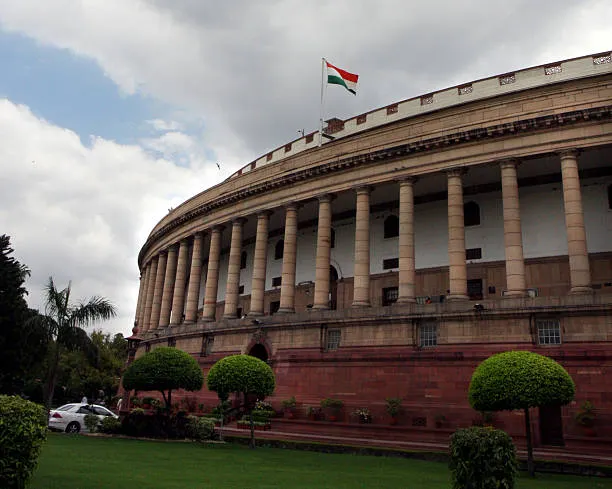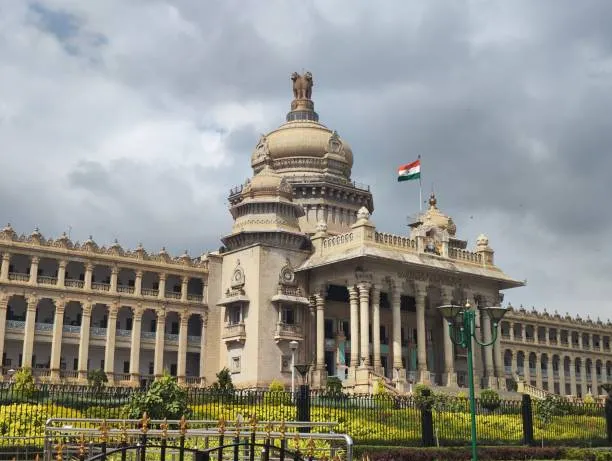In a democratic nation like India, the making of laws is a complex and intricate process that involves the collaboration of various stakeholders, from lawmakers to citizens. With a vast and diverse population, the Indian government is faced with the daunting task of ensuring that its laws are fair, just, and effective. In this article, we’ll go into the step-by-step process of how a bill becomes a law in India, shedding light on the intricacies and nuances of this critical process.
Introduction of a Bill
The journey of a bill begins when a member of Parliament (MP) or a minister introduces a proposal for a new law or an amendment to an existing one. This is done by presenting a document known as a “bill” to the Parliament, typically during a scheduled session. The bill is then given a reference number and a title, indicating its purpose. The introduction of a bill is often preceded by extensive consultations with experts, civil society organizations, and other stakeholders to ensure that the proposed legislation addresses the needs and concerns of all parties involved.
First Reading and Circulation
Once a bill is introduced, it undergoes its first reading in the Parliament, where it is announced in the House and made available to the public. The bill is then circulated among members of Parliament, enabling them to study and understand its provisions. This stage is crucial as it allows lawmakers to scrutinize the bill, identify potential flaws, and suggest amendments.
Committee Stage

After the first reading, the bill is referred to a parliamentary committee for further examination. These committees, comprising members of Parliament, conduct public hearings, gather evidence, and engage with experts to gain a deeper understanding of the bill’s implications. The committee’s recommendations are then incorporated into the bill, ensuring that it is refined and strengthened.
Debate and Voting
When the bill is presented for debate in the Parliament, lawmakers engage in a lively discussion, articulating their opinions, concerns, and suggestions. After the debate, a vote is taken, and the bill is passed with or without amendments. If the bill is passed by both Houses of Parliament (Lok Sabha and Rajya Sabha), it is sent to the President of India for assent.
President’s Assent
Upon receiving the bill, the President of India reviews its provisions and consults with the Prime Minister, Cabinet, and other senior officials. If the President is satisfied with the bill’s contents, he or she signs it into law, thereby making it a permanent part of India’s legislative framework.
Enforcement and Implementation
Once a bill becomes a law, it is sent to the concerned ministry or department for enforcement and implementation. Government agencies, responsible for the administration of the new law, are tasked with drafting rules, regulations, and guidelines to ensure its effective implementation.


